
Robert McDonald, Principal Engineer at Norway's Institute for Energy Technology (IFE), says it's time to shine the spotlight on the potential of thorium and small modular reactors (SMRs) for shipping.
The big picture: The concept would transfer the short-sea battery revolution to the deep sea, enabling ships to recharge anywhere in the world.
In April, the design for the world's first thorium-powered ship, Ulstein Thor, was launched.
McDonald describes Thor as "a fantastic idea" and posits that thorium is "possibly one of, if not the, most feasible alternative future fuels for maritime."
An SMR is a nuclear reactor with a power output of 10-300 megawatts electric (MWe), McDonald explains, as he goes on to list what he believes are the key benefits of the technology.
McDonald acknowledges that the word 'nuclear' has different connotations for different audiences and that the willingness within society to embrace thorium-powered ships will be crucial for it to be accepted.
To support his argument, McDonald points out that nuclear-powered naval vessels already call at ports around the world every day and have been doing so since 1955.
McDonald notes that the military follow regulations whereby they are expected to keep the reactors safe and ensure there is no unauthorized access. "I expect those regulations would be the same in a commercial scenario," he adds.
IFE and Ulstein are not alone in their interest in thorium and MSRs in the maritime context.
"Up until this year it seemed like MSRs and thorium were areas of niche interest, whereas now momentum is really growing," McDonald says.
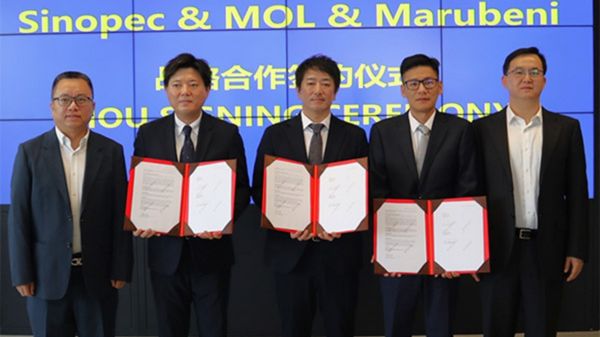
|
MOL, Sinopec and Marubeni sign MoU to establish marine biodiesel supply system in China
Partnership aims to secure stable biodiesel supply for shipping decarbonisation in Chinese waters. |
|
|
|
||
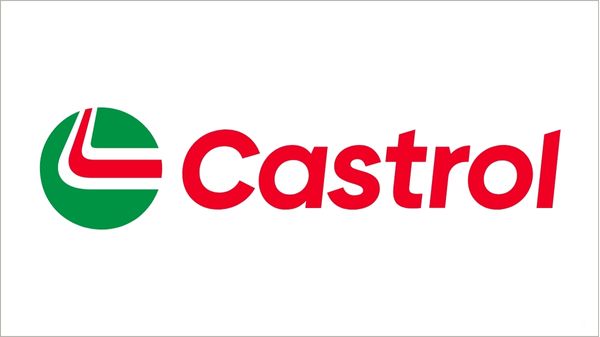
|
BP to sell 65% stake in Castrol to Stonepeak for $10bn enterprise value
Deal brings BP's divestment programme to $11bn, with proceeds earmarked for debt reduction. |
|
|
|
||

|
RINA approves design for Clippership's 24-metre autonomous wind-powered cargo vessel
Classification society to supervise construction of zero-emission ship featuring twin rigid wings for transatlantic operations. |
|
|
|
||
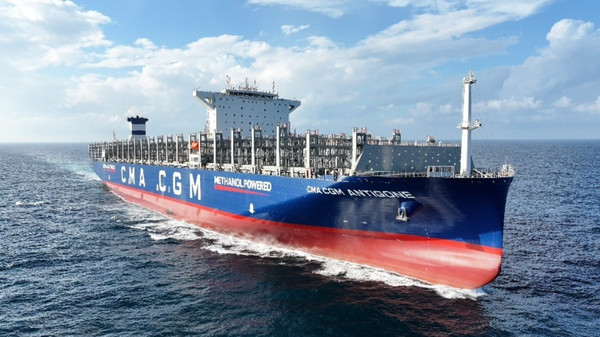
|
Bureau Veritas classes first methanol dual-fuel boxship as CMA CGM takes delivery
The 15,000-teu CMA CGM Antigone was built by CSSC Jiangnan Shipyard in China. |
|
|
|
||
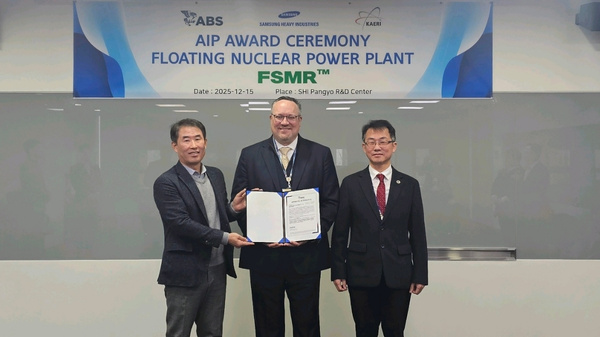
|
Samsung Heavy Industries' floating nuclear plant design wins ABS approval
Concept features twin KAERI small modular reactors and a compartmentalised layout to support offshore nuclear power generation. |
|
|
|
||
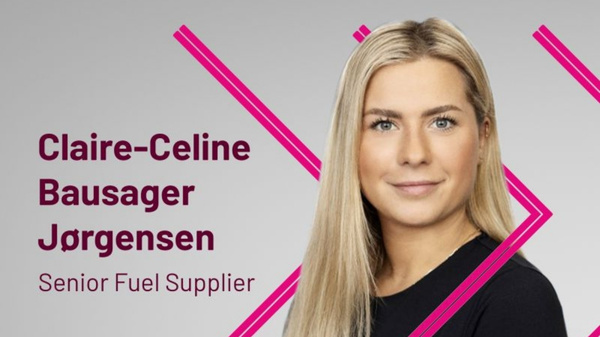
|
Dan-Bunkering Europe appoints Claire-Celine Bausager Jørgensen as senior fuel supplier
Jørgensen returns to bunker trading after several years in the company's HR department. |
|
|
|
||
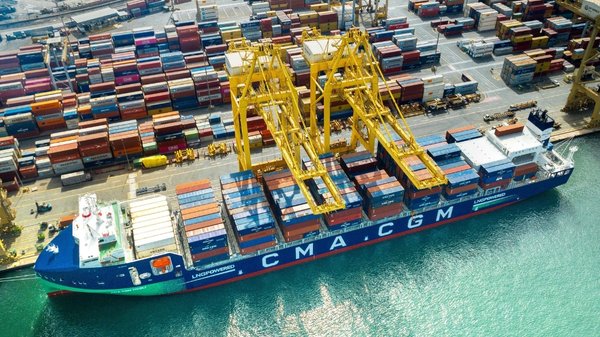
|
DHL and CMA CGM partner on 8,990-tonne biofuel purchase for ocean freight decarbonisation
Logistics and shipping firms to use UCOME biofuel, targeting 25,000-tonne CO2e reduction. |
|
|
|
||

|
Glencore to acquire majority stake in Dutch marine fuel supplier FincoEnergies
Transaction expected to complete in Q2 2026, subject to EU anti-trust approval. |
|
|
|
||
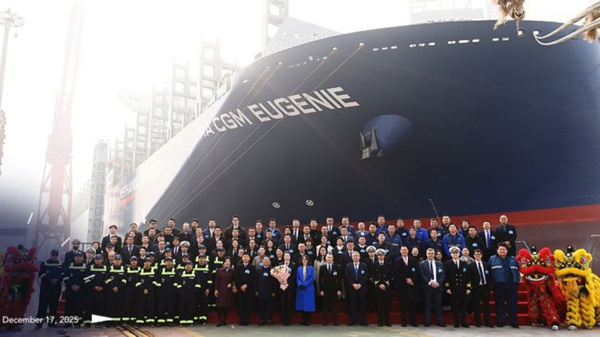
|
CMA CGM names 15,000-teu methanol-fuelled containership CMA CGM Eugenie
Vessel to operate on Phoenician Express service linking Asia, Middle East, and Mediterranean. |
|
|
|
||
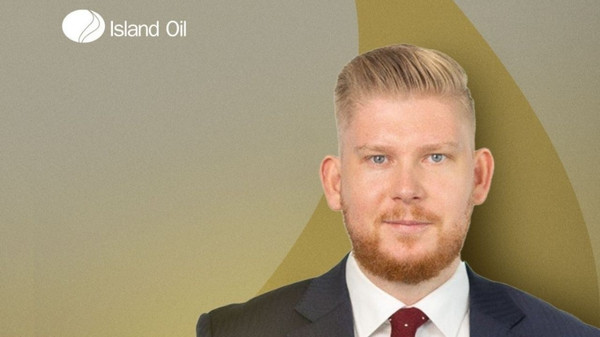
|
Island Oil appoints Christian Larsen as senior trader in Denmark expansion
Marine fuel supplier establishes operations in Denmark as part of expansion strategy. |
|
|
|
||
| LNG the only viable fuel: SEA-LNG [News & Insights] |
| Hydrogen and ammonia the best long-term fuel options, say owners [News & Insights] |